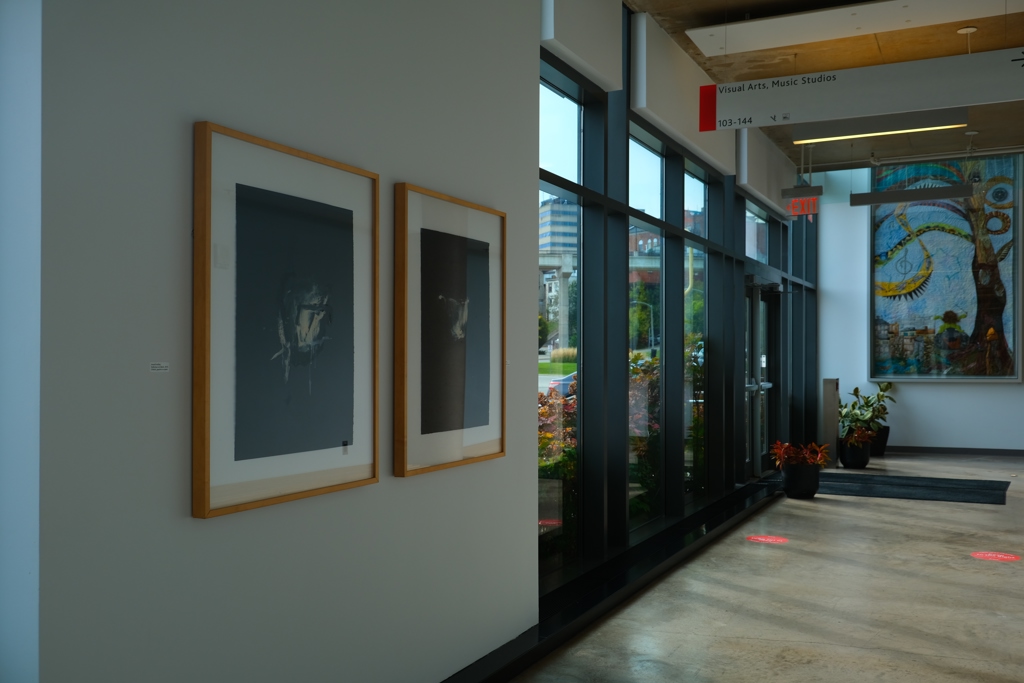Located in the downtown core of St. Catharines, the Marilyn I. Walker Complex serves as the hub for Brock University’s fine arts programs. The campus is situated near the First Ontario Performing Arts Centre, making the school a cultural staple in local arts.
Lauren Robertson, a first-year student studying studio art at Brock noted the willingness of professors to “listen to [her] ideas and take the time to understand art styles of students.” Robertson noted how her experience in high school felt limited, but She continued to share her thoughts on the program and her experience with it so far:
“What sets Brock’s studio art program apart from other programs is the accessibility and connection students have with professors. For example, my professor Amanda Burk goes out of her way to connect with students. She’s willing to take the extra steps to understand the individual goals of students which feels very humanizing, which isn’t something that is easy to find in a lecture class of 500 students.”
The smaller class sizes for Brock’s art classes are no mere coincidence. An additional layer of connection with students is essential for studio arts: “Everyone sort of mentors one another, bouncing off ideas during work sessions and critiques,” Robertson said. “It’s refreshing to have compared to high school, where arts were largely overlooked.”
This last point is a call for alarm, particularly in the context of recent years, when arts education in secondary schools has fallen victim to underfunding. Many secondary school students with an interest in fine arts may find their goals and curiosities unrealized due to a lack of department resources. Students looking to further their expertise in visual art will find an array of opportunities that may not have been available in high school. Robertson’s experience with the program so far has simultaneously “met and exceeded [her] expectations, with more resources than [she] anticipated.”
Robertson also commented on student interactions within the classroom:
“Well, I mostly do my work alone, but sharing ideas in the classroom environment is a major part of the creative learning process. People always come in with new ideas, keeping things fresh. It creates this feeling of shared mentorship.”
The studio art program offers several studio-style courses, covering topics such as sculpting, drawing and digital art foundations, allowing students to explore their individual interests.
“The program is also very diverse age-wise. One of my classmates was an art teacher for years and has returned to Brock for the studio art program. I value her input and feel a strong sense of mutual respect for our ideas. It’s important for my creative process to get opinions from different kinds of people of all ages; what connects us is our drive to create art.”
Students within the studio art program are also required to take courses in art history and cultural studies, which Robertson said “changed [her] manner of approaching and critiquing art.”
“I used to despise contemporary modern art, but my experience in this program so far has changed my approach to it. I find I’m looking at art from different angles, ways I may not have if I had not delved into this program,” Robertson said.
Embarking on a career in the arts is an adventure on its own, with artists continuously refining the path that lies before them and finding their niche. Brock’s studio art program lays the tiles for artists young and old to further their understanding in a creatively lush environment, where the artistic process is as equally rewarding as the results.


